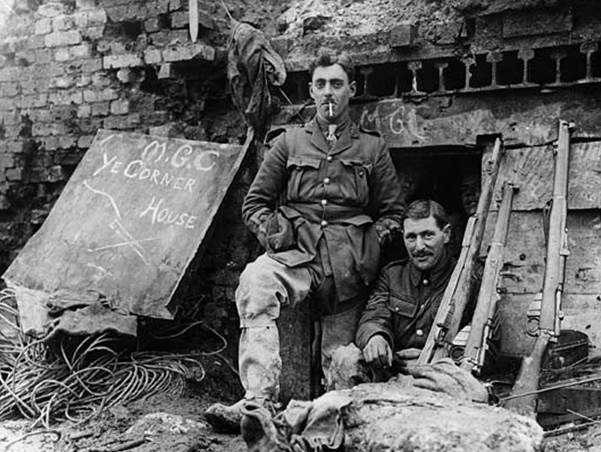 Opening up to use social media can be tricky. Not least if you are the Ministry of Defence. Which is why this case study shows how one department of the MOD adopting social can lead to some unintended benefits.
Opening up to use social media can be tricky. Not least if you are the Ministry of Defence. Which is why this case study shows how one department of the MOD adopting social can lead to some unintended benefits.
by Tony Moran
With social media now so much a part of our everyday lives, it’s easy to forget what life was like without it.
Pity the poor unknowing soul in 2002, unable to tweet about David Seaman’s World Cup goalkeeping ineptitude or Facebook photos of wild celebration at English rugby success in Australia the following year.
In a few short years, many of us have embraced life online with our digital footprint growing faster than that of a five-year-old being fitted for their first pair of school shoes.
Yet Government has not always kept pace with the speed of change experienced by its citizens online. ‘Digital by default’ is a phrase that looms large for Government communications professionals in 2014, yet some parts of the Civil Service are closer to that desired goal than others.
The Defence Infrastructure Organisation (DIO) supports Britain’s Armed Forces by providing the facilities and services they need to do the difficult and challenging jobs. We’re a growing and progressive part of the Ministry of Defence (MOD), but it wasn’t until last summer that we dipped our toe into the turbulent waters of social media.
We started with a Twitter account @MOD_DIO with the intent of engaging with estate users – MOD and civilian – around defined geographical areas on the Defence training estate, piloting the work around Salisbury Plain. We targeted potential Twitter users living within a 20 minute drive of the Plain.and set up a ‘geographical hashtag’ of #modontheplain to create a conversation with this group of people.
Progress has been steady and we now have some 650 followers engaging with us in a conversation around life on the Plain. We provide them with information about firing times, access issues and military exercises. They provide us with a growing insight into their lives and issues; we’ve even been able to help them out with requests for information and advice. We aim to tweet at least once a day and we schedule our core messages one month in advance.
We plan to add new training areas to the conversation over the coming months, including Castlemartin, in Wales, and Stanford Training Area (STANTA), in Norfolk. We have also added a stream of useful information aimed at occupants of Forces’ family homes, such as tips on cutting energy bills and accessing maintenance services.
A blog on the GOV.UK blogging platform followed Twitter in November. ‘Inside DIO’ features a weekly post by colleagues across the organisation. Each contributor provides a personal view of their role within DIO linked to core business objectives. We’ve had contributions from a wide range of colleagues: from the Brigadier in charge of military housing to one of our archaeologists out in the field.
We have a six-month plan for our weekly core blogs – the minimum ‘battle rhythm’ demanded by Government Digital Service, which oversees blogging on GOV.UK. However, this is more a guide and we’re always ready to explore new opportunities with colleagues.
Our most recent foray into social media is the setting up of a DIO group on LinkedIn. Our intent here is to create and engage with DIO’s industry partners – present and future. By linking them with DIO professionals in the group we can develop ashared understanding of DIO’s role. This also has the happy by-product of supporting staff retention and recruitment. The group sprang into life last month and we already have some 235 members from DIO and across industry.
DIO is a growing organisation – unusual in this time of austerity – and we’re recruiting some 400 specialist roles. As a communications team, we have been able to integrate ‘traditional’ press work with our burgeoning social media channels to support the organisation’s recruitment drive.
We’ve issued tailored press releases to specialist publications, supported by LinkedIn profiles and case studies of key colleagues in each professional discipline being recruited. We’ve backed this work with Inside DIO blog posts from each person and alerted on friends on Twitter as each blog goes live.
Project managers, surveyors, ecologists, finance experts and security system engineers – they’ve all contributed to the digital recruitment drive. And we’re also made our military runway guru into a bit of a LinkedIn cult hero.
Who would have pictured that when Ronaldinho’s wayward cross left the pony-tailed England keeper flat-footed and flapping in Yokohama?
Tony Moran is communications manager at the Ministry of Defence Defence Infrastructure Organisation.
